What percentage of Native American blood do you need to be in a tribe?
How much American Indian blood is required to be considered Native American?
Native ancestry is a nuanced topic. Many people with Native American ties often wonder whether they have enough American Indian blood or a strong enough Native heritage to be considered for tribal enrollment.
But how do you know for sure?
We'll break it down for you here.
Check out our calculator below to find your %!
Native Americans are the people who contain blood one of the more than 500 distinguished tribes that still endure as sovereign states within the United States’ present geographical boundaries. These are the Native American tribes that descended from the pre-Colombian indigenous peoples of North America.
Am I Native American?
For a person to be considered Native American by the United States government, they must either have a Certificate of Degree of Indian Blood (CDIB) card or be enrolled in a tribe.
A CDIB card is issued by the Bureau of Indian Affairs (BIA) an agency under the United States Department of Interior. This certificate (CDIB) is the basis most tribes use to enroll tribal members.
The CDIB is an official U.S. document used to certify that a person does possess a percentage of Native American blood and therefore has legitimate Native ancestry. Note though, the blood must be identified with a federally recognized Native American tribe.
The Bureau of Indian Affairs issues the certificate after the individual has forwarded a finalized genealogy.
The genealogy must be submitted with legal documents that include birth certificates, and documents showing the applicant’s descent both from the maternal and the paternal sides.
Certificate Degree of Indian Blood card issued to Morris Phillip Konstantin (Phil Konstantin) in 1996. It shows him to be 3/16ths Cherokee by blood. – Wikipedia
A Certificate of Degree of Indian Blood shows the constituent blood degree of a particular tribe or that of all tribes in the applicant’s ancestry. The percentage required by each tribe to enroll varies. Some tribes require that a minimum degree must be met before granting membership to an individual.
Interestingly, even the federal government requires that you meet a certain minimum before granting Native Americans federal benefits.
To give you an example, the Eastern Band of Cherokee Indians requires a minimum of 1/16 degree of Cherokee Indian blood for tribal enrollment, while the Bureau of Indian Affairs’ Higher Education Grant expects you to have a minimum of 1/4 Native American blood percentage.
That means 25% of your blood is of Native American ancestry.
Tribal Blood Quantum Calculator and Requirements
A Blood Quantum Calculator can also be helpful in certain instances. This will help you zero in on the origin of your American Indian heritage. where here you got the Native American heritage from. The calculations are translated as:
For instance, if you are 50% Native American or half blood quantum, that means you have one parent who's of direct American Indian lineage / Half Blooded Quantum meaning One Parent
If you are 25% American Indian or one-quarter blood quantum, that means you have one grandparent who's of direct Native American lineage.
The same conversion rate applies as you go further down the line. If you are 12.5% American Indian or one-eighth blood quantum, you have one great-grandparent.
If you are 6.25% or one-sixteenth blood quantum, you have one great-great-grandparent, and so on.
Below is a list of some tribal requirements. This is not a comprehensive list, just a sampling of the more than 500 federally recognized tribes.
Native American Tribal Enrollment Requirement

<<Buy Now>>
50 Percent / One-Half Blood Quantum (One Parent)
Kialegee Tribal Town
Miccosukee Tribe of Indians of Florida
Mississippi Band of Choctaw Indians, Mississippi
St. Croix Chippewa Indians of Wisconsin
White Mountain Apache Tribe, Arizona
Yomba Shoshone Tribe, Utah
25 Percent / One-Fourth Blood Quantum (One Grandparent)
Absentee-Shawnee Tribe of Native American Indians
Cheyenne and Arapaho Tribes
Confederated Tribes and Bands of the Yakama Nation, Washington
Oneida Tribe of Indians, Wisconsin
Kickapoo Tribe of Oklahoma
Pascua Yaqui Tribe, Arizona
Kiowa Tribe of Oklahoma
Prairie Band Potawatomi Nation, Kansas
Navajo Nation, Arizona, Utah and New Mexico
Shoshone Tribe of the Wind River Reservation, Wyoming
Fort McDowell Yavapai Nation, Arizona
Standing Rock Sioux Tribe, North and South Dakota
Utu Utu Gwaitu Paiute Tribe, California
Havasupai-Prescott Tribe, Arizona
United Keetoowah Band of Cherokee Indians, Oklahoma
Fort Peck Assiniboine and Sioux Tribes, Montana
St. Regis Mohawk Tribe, New York, Canada
12.5 Percent / One-Eighth Blood Quantum (One Great-Grandparent)
Apache Tribe, Oklahoma
Comanche Nation, Oklahoma
Delaware Nation, Oklahoma
Confederated Tribes of the Siletz Reservation, Oregon
Fort Sill Apache Tribe, Oklahoma
Karuk Tribe, California
Muckleshoot Indian Tribe of the Muckleshoot Reservation, Washington
Northwestern Band of Shoshoni Nation of Utah (Washakie)
Otoe-Missouria Tribe of Native American Indians, Oklahoma
Pawnee Nation, Oklahoma
Ponca Nation, Oklahoma
Sac and Fox Nation, Oklahoma
Sac & Fox Nation of Missouri, Kansas and Nebraska
Squaxin Island Tribe of the Squaxin Island Reservation, Washington
Suquamish Indian Tribe of the Port Madison Reservation, Washington
Three Affiliated Native American Tribes of the Fort Berthold Reservation
Upper Skagit Indian Tribe of Washington
Wichita and Affiliated Tribes (Wichita, Keechi, Waco and Tawakonie)
6.25 Percent / One-Sixteenth Blood Quantum (One Great-Great-Grandparent)
Caddo Nation
Confederated Tribes of Siletz Indians
Confederated Tribes of the Grand Ronde Community of Oregon
Fort Sill Apache Tribe
Iowa Tribe of Oklahoma
Sac and Fox Nation, Oklahoma
Eastern Band of Cherokee Indians, North Carolina
Alabama-Quassarte Tribal Town
Cherokee Nation
Chickasaw Nation
Choctaw Nation
Citizen Potawatomi Nation
Delaware Tribe of Indians
Eastern Shawnee Tribe
Kaw Nation
Mashantucket Pequot Tribe of Connecticut
Miami Tribe of Oklahoma
Modoc Tribe
Muscogee Creek Nation
Osage Nation
Ottawa Tribe of Oklahoma
Peoria Tribe of Indians
Quapaw Tribe of Oklahoma
Sault Ste. Marie Tribe of Chippewa Indians of Michigan
Seminole Nation
Seneca-Cayuga Tribe of Oklahoma
Shawnee Tribe
Thlopthlocco Tribal Town
Tonkawa Tribe
Wyandotte Nation
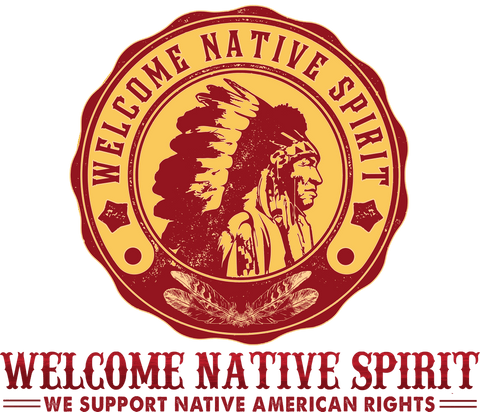

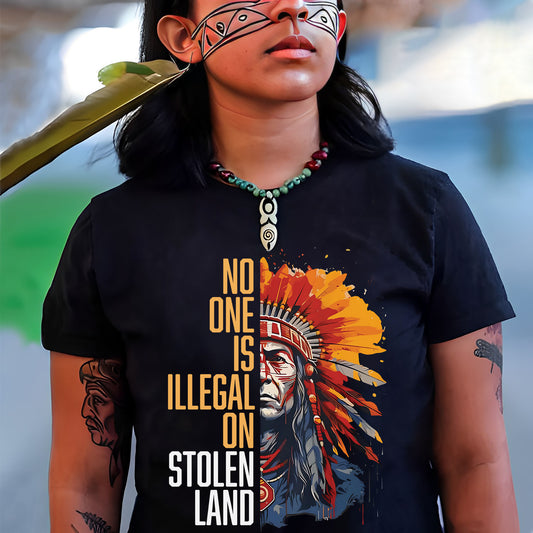
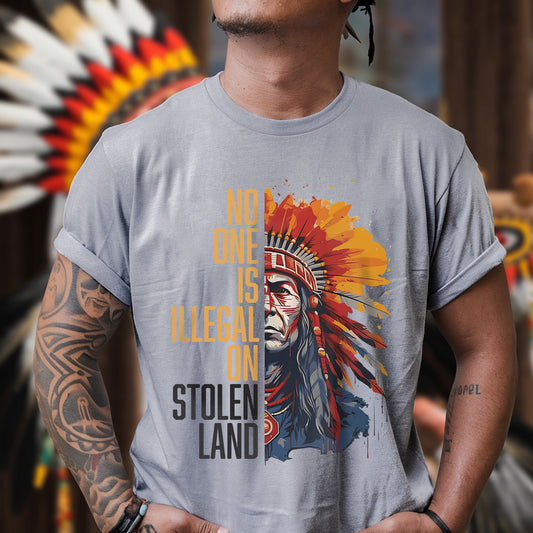
![[Two Sides] Trail of Tears The Deadly Journey Unisex T-Shirt/T-Shirt V-Neck/Hoodie/Sweatshirt](http://welcomenativespirit.com/cdn/shop/files/20_2bae9cf5-c07c-4ea5-a8ea-de74aa71325d_533x.jpg?v=1757466962)
![[Two Sides] Trail of Tears The Deadly Journey Unisex T-Shirt/T-Shirt V-Neck/Hoodie/Sweatshirt](http://welcomenativespirit.com/cdn/shop/files/gray_-2side_b51af6c7-cea9-4004-90db-cb8d883be04a_533x.png?v=1759742586)
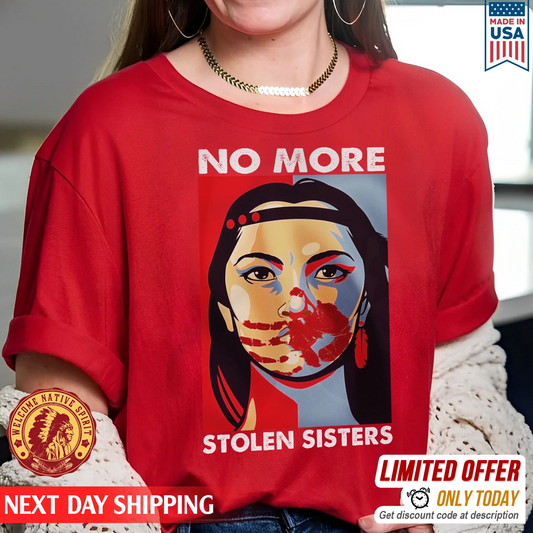
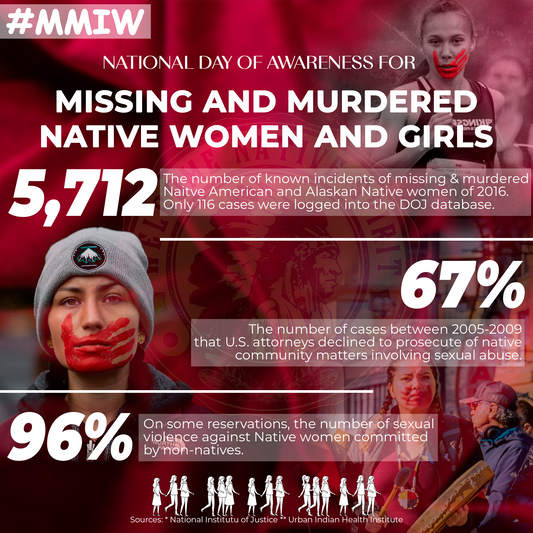
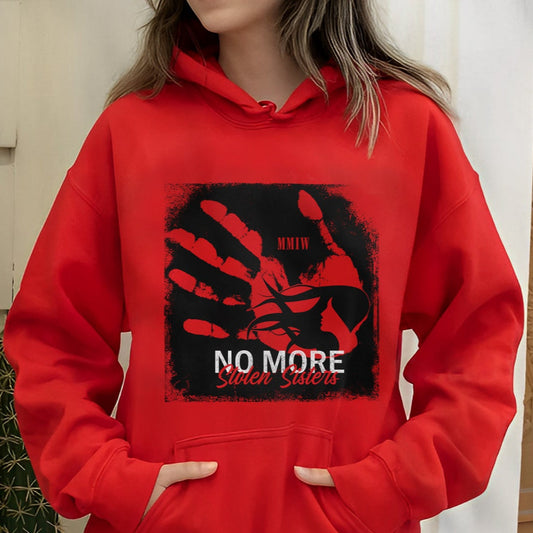
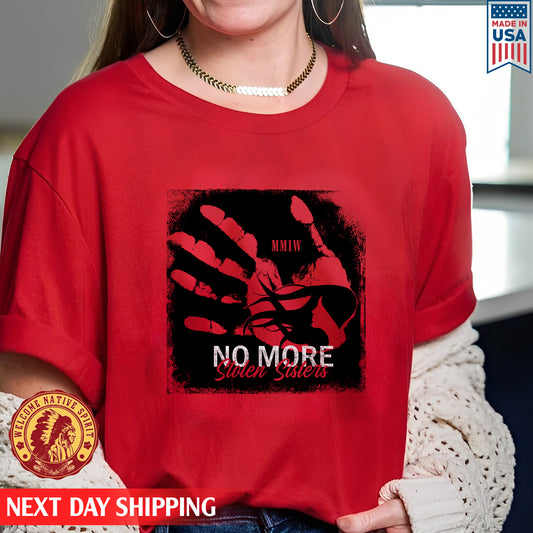
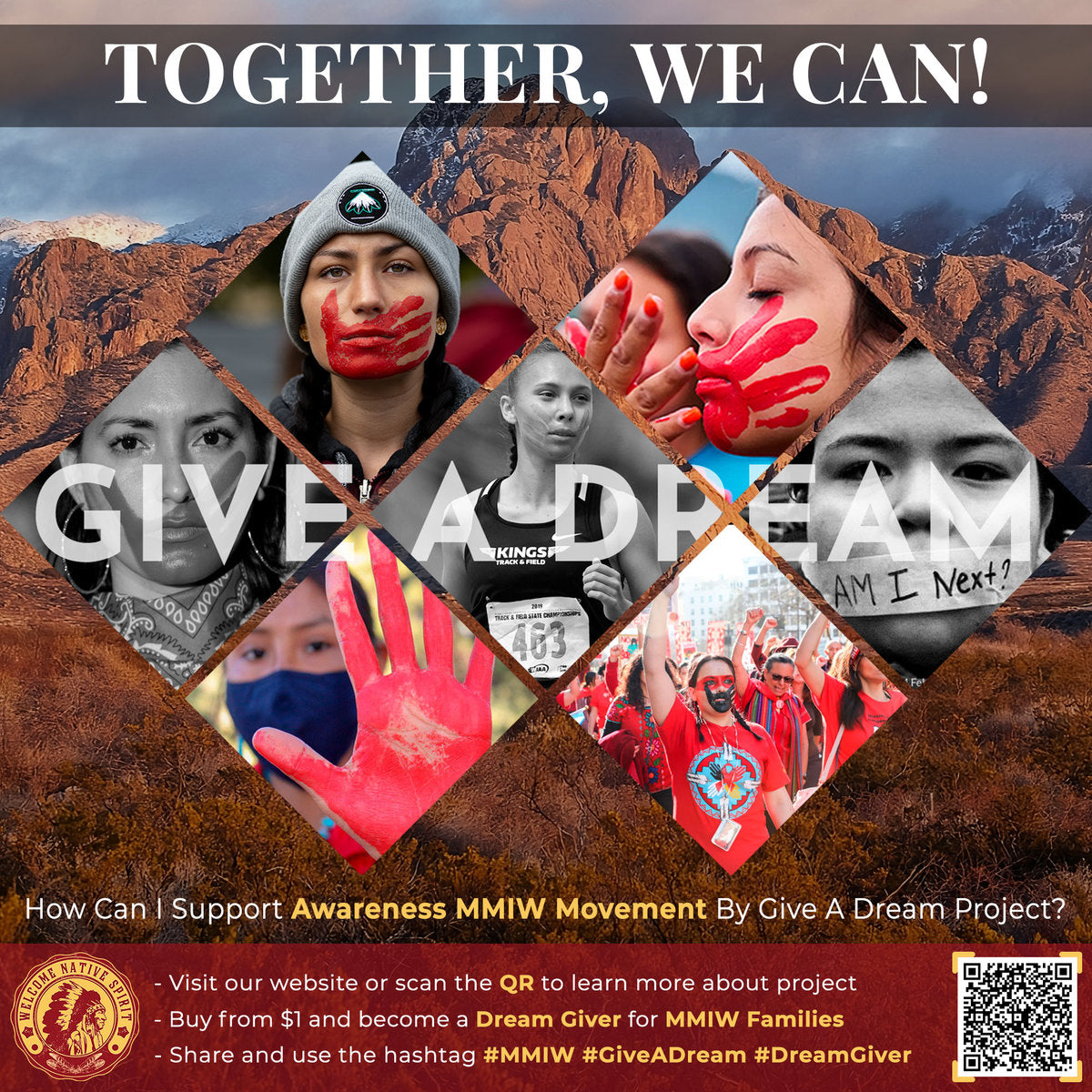
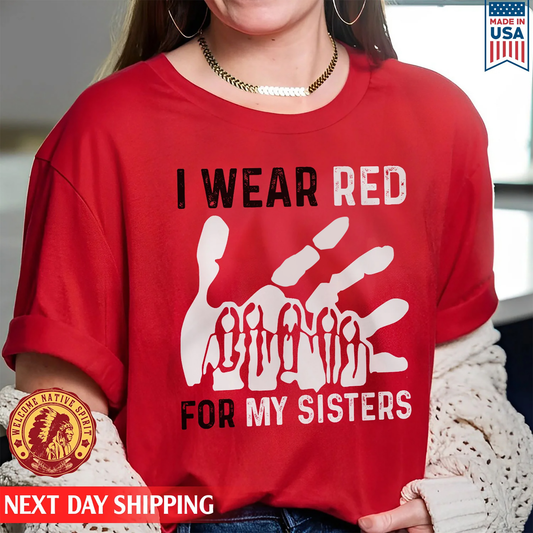
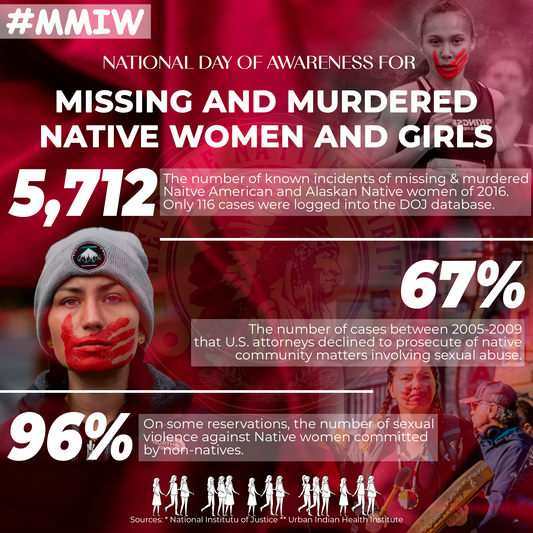
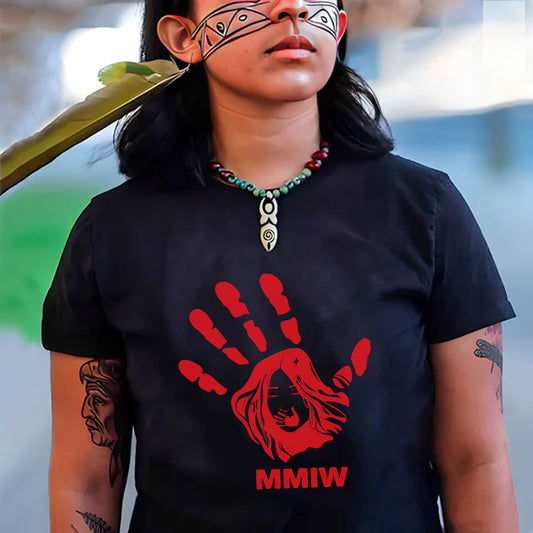
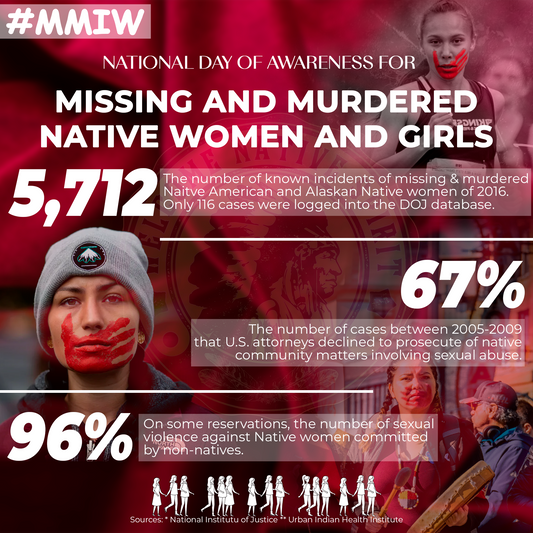
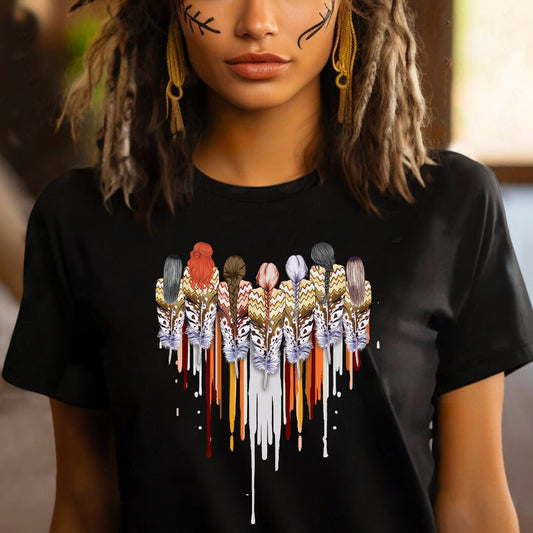

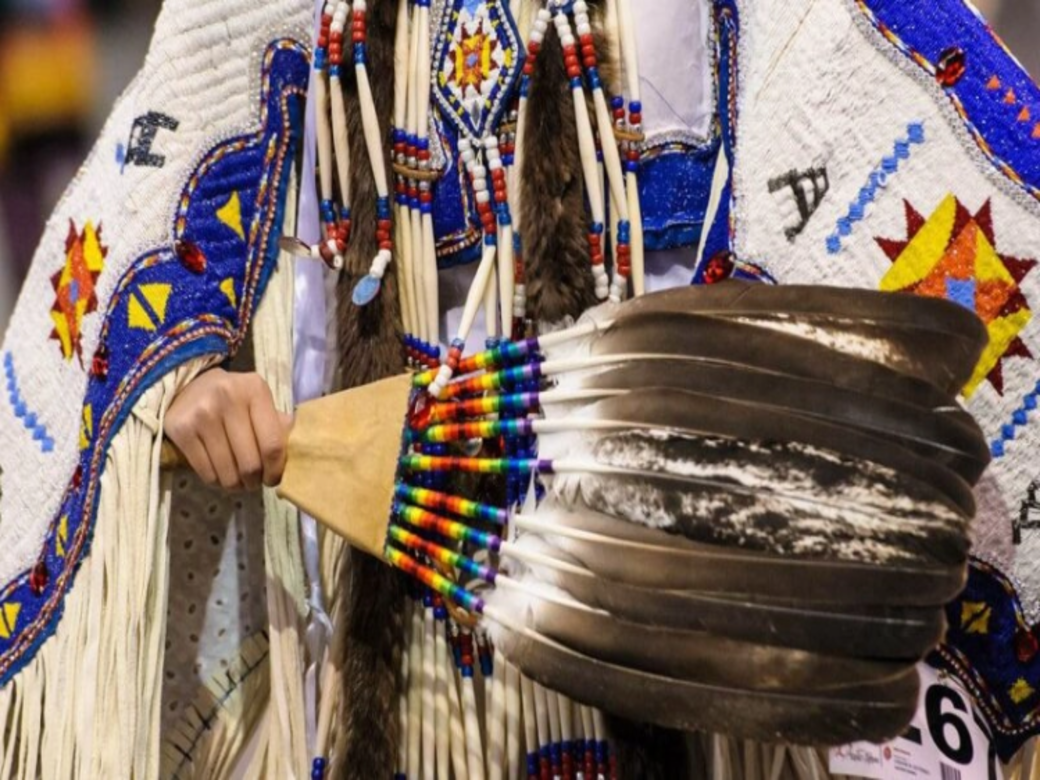
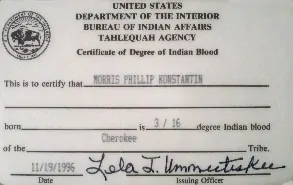

38 Comments
29.% my great grandmother w as full either Apache or Cherokee.
My grandmother’s grandmother was full blooded Cherokee, what would that make me?
This article describes the government way of saying your native, not our peoples way. If you possess a drop of an ancestors blood, you are as much native is anyone deemed to be 100% by the US government of course your journey on life may be very different than that of one who grows up on an Indian reservation Where many of our customs have been lost due to the government way of wanting to exterminate the native Americans of this land? Our ancestors way is my walk in my journey no government can tell me whether or not I’m native or not I grew up on the turtle mountain, Indian reservation of Chippewa in the North Dakota Plains , I come from chief lines. I am a member of the grand medicine Society. Father was chief, bald eagle, a survivor of boarding schools, the Korean war in life as an orphan. My mother Woman was one of the first masters, prepared school, teachers of all native Americans in the United States. I come from a line of ancestors if you are part of my ancestors line you are native.
Many “Native Americans” today have shunned their ancestry because they do not wish to be a part of the debate over who is and who isn’t “Indian”.
My generation says “American Indian”.
We have no problem with the name.
Being tribal means being involved with your tribe, helping when you can, being involved in ceremony, traditions and anything your tribe does, not a “generic” blanket over it. Things are not so cut and dried but for tribal inclusion, following these basic blood quantum requirements seem to be important if you wish to carry a card and be recognized. It means you have an obligation to that tribe.
I’m 68yrs old, I was a Adopted. Was told I am full blood Choctaw, was adopted by my white foster parents. Had a wonderful life. Both my adopted parents and family are all deceased. I have tried many times to find anything or about my Choctaw family with no luck. All my Indian rights were taken away from me with I was adopted. I was born in 1955 and Adoption was final in 1957. I was raised up in Oklahoma City. All My life I have lived as an In Between. Not really accepted in the white world and not accepted in the Native American world. But my life has been good. I had wonderful parents and I have an Awesome son and I have an awesome In-Law Family. My husband passed away going on 19yrs. Just wished I knew my Choctaw family. Native American People are Awesome.